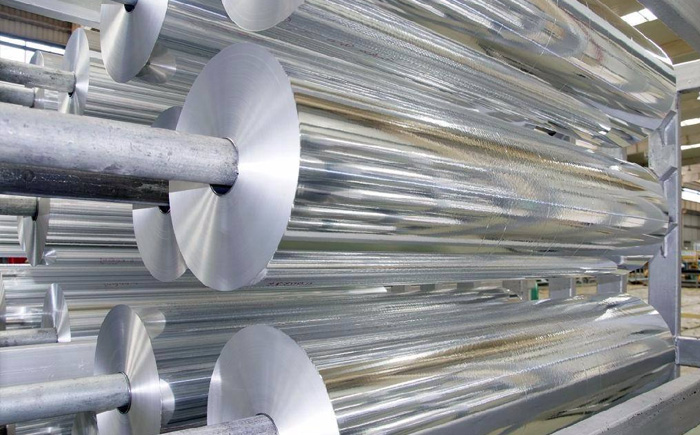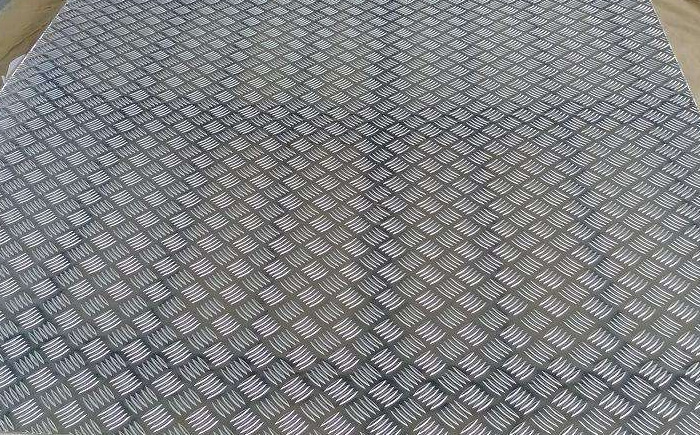Contact
National unified service hotline
0516-82308656
The url:3guc.cn
Email:jscfly@126.com
Xinfeng Road, Third Industrial Science and Technology Park, Tongshan
Economic Development Zone, Xuzhou City, Jiangsu Province
Company news
(1) Anodic oxidation and electrolytic oxidation. In this process, the surface of aluminium or aluminium alloy is usually transformed into an oxide film, which has protective, decorative and some other functional properties.
(2) Anode anode 1) In the electrolysis process, the negative ions are discharged to form positive ions or electrodes with other oxidation reactions. 2) The object that can play the above role.
(3) cathode cathode cathode 1 (cathode cathode 1) makes positive ions discharged during electrolysis to produce negative ions or electrodes for other reduction reactions. 2) The object that can play the above role.
(4) Auxiliary electrode is an additional anode or cathode used to make the current uniformly distributed in the electrolysis process.
(5) Current density Current intensity through the unit surface area of an object. Amperes are generally used per square metre or per square decimeter (A/m2, A/dm2).
(6) When the critical current density is higher or lower than the specific current density value in electrolysis, different and sometimes undesirable reactions will occur.
(7) The ratio of the effective current consumed by the formation of oxide film during current efficiency current fficiency anodization to the theoretical current calculated by Faraday's law. Usually expressed in percentages.
(8) Anode efficiency anode efficiency 1) generally refers to the current efficiency in a specific anode process. 2) The ratio of the amount of electricity used to form the oxide film to the total amount of electricity used in the process of anodic oxidation.
(9) AC Anodizing Anodizing by AC.
(10) Direct current anodization (DC anodizing) Anodizing by direct current.
(11) Sulphuric acid anodizing with sulfuric acid electrolyte.
(12) Chromic acid anodization chromic acid danodizing with chromic acid electrolyte. Mainly used in aviation.
(13) Bright anodizing takes surface brightness as its main requirement.
(14) Anodic oxidation of hard anodizing to form hard oxide film. The film has good wear resistance.
(15) Self-colouring anodic oxidation of aluminium produces coloured oxide film in the process of anodic oxidation with appropriate electrolyte (usually based on organic acid).
(16) strip anodizing and coilanodizing of long strips are carried out successively through each process.
(17) Baskets and barrel anodizing small parts (such as rivets) are anodized in holed baskets or barrels. Small pieces of aluminium products are pressed into baskets or barrels as anodes, and acidic electrolytes circulate between parts.
(18) Constant voltage anodizing is carried out under constant voltage.
(19) Bengough-Stuart process is the earliest anodic oxidation process for chromic acid electrolyte in Bengough-Stuart process industry.
(20) Anodization of barrier layers on aluminium to form thin, dense and porous oxide films. This method is usually used to manufacture electrolytic capacitors.
(21) The barrier layer is a thin porous aluminium oxide layer (0.01-0.07 um) which is close to the metal surface. It is different from the main part of oxide film with porous structure.
(22) The protective oxide film formed on the surface of aluminium and aluminium alloy during anodic oxidation.
(23) The structure of anodic oxide film is structureofanodicoxideconting. The anodic oxide film is usually composed of a hexagonal structure with a central hole. A thin barrier layer lies between the surface of aluminium and the porous oxide layer as the main body.
(24) The smallest structural unit of oxide unit oxidecell amorphous porous oxide film. It has a small hole in its heart, which leads directly to the barrier layer on the surface of aluminium, and the hole wall is a denser oxide.
(25) pore is a small hole in the center of oxide unit, which is formed by local current flow.
(26) The electrolysis current flows through the electrolyte electrode to produce electrochemical reaction.
(27) Electrolyte is a conductive liquid medium that transmits current from ions.
(28) Electrolytic method of periodic reversal electrolysis in which the current is periodically reversed.
(29) The current form of overlapping AC superimposed AC to DC during electrolysis.
(30) The shunt electrode, thief and robber, is placed on the auxiliary electrode at a specific position, which can transfer the current part of some parts of the workpiece to avoid excessive local current density.
(31) The ability of throwing power to distribute current evenly on irregular electrode surfaces during electrolysis.
(32) cell voltage tankvoltage, voltage between anode and cathode in bathvoltage cell.
(33) Chemical conversion coating aluminium is immersed in alkaline or acidic oxidizing solution, and a film (mostly oxide film) is formed on its surface by chemical reaction. This film is often used as a primer for aluminium painting.
(34) Chemical oxidation chemicaloxidation produces an oxide film on the metal surface under the action of chemical oxidants.
(35) Busbar (bus bar) is a rigid metal conductor that conducts current into an anode or cathode (e.g. in an anodic oxidation tank).
(36) hanger jigrack (U.S) device for suspending and carrying workpieces during chemical or electrochemical treatment. When anodized, it can be made of aluminium or titanium.
(37) Filtration aid filteraid is inert and insoluble loose material. It plays an auxiliary role in the filtration to prevent excessive accumulation of filter residue on the main filter.
(38) Air agitation is used to agitate and mix air through the solution.
|
Last article:Relevant measures for surface cracks of aluminium profiles:
Next item:Introduction of Several Key Products of Aluminum Foil |
Return list |





 +86-0516-82308656
+86-0516-82308656
 Htc
Htc
 WeChat
WeChat